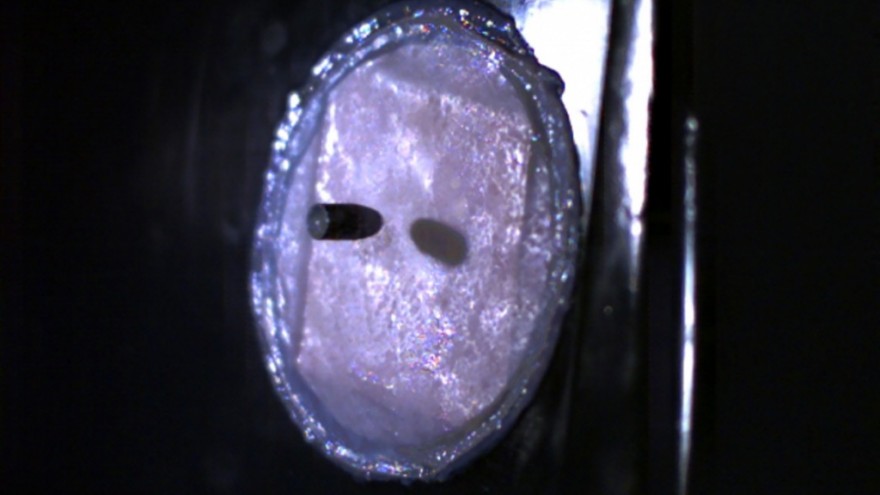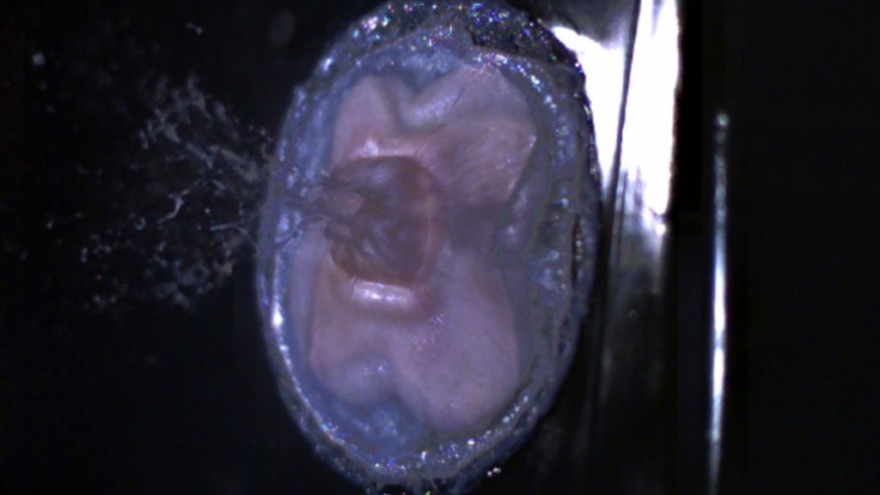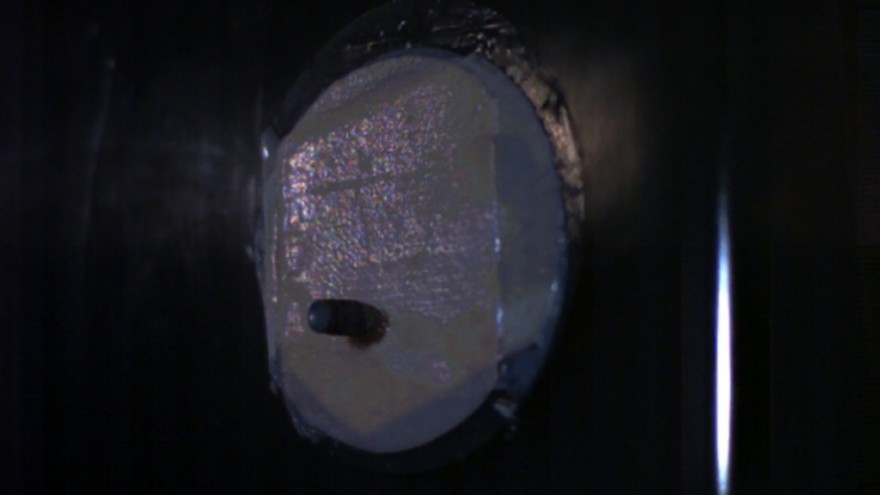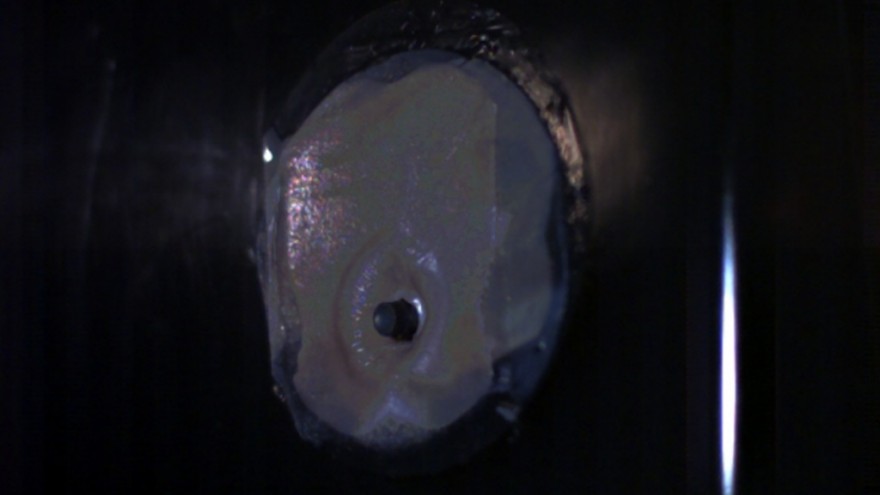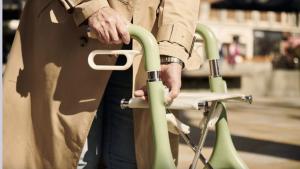Artist Jalila Essaïdi has developed a partially bulletproof supernatural human skin using spider-silk that was produced by goats. The spider-silk is based on a project by Randy Lewis in which he genetically modified goats to produce the same protein in their milk that spiders use to spin their webs.
The human/spider-silk skin was grown in a lab where, as part of the regular skin-growing process, a raster was made out of biodegradable material. The next step involved seeding the raster with human skin cells. The material in the raster was then replaced by the spider-silk. This new human/spider-silk skin can be transplanted to the human body.
Essaïdi made prototypes of the skin and tested it at a firing range. The bulletproof test was conducted by attaching the skin to a block of gelatine, as it has a similar composition to human muscles. A gunshot was fired at a low speed. The skin survived the shot and left the bullet lodged in the epidermis of the skin.
Next a 2.6g 329m/s bullet was fired (this number sequence refers to the standard maximum weight and speed of bullet that the average bulletproof vest can handle). Even though the bullet went through the skin and the gelatine, this prototype has laid a foundation for more research into a way of ensuring personal safety.
It is believed that should the skin we grow be thicker that it would be able to handle a bullet.

